PRINCE2 Agile® Practitioner Certification Training
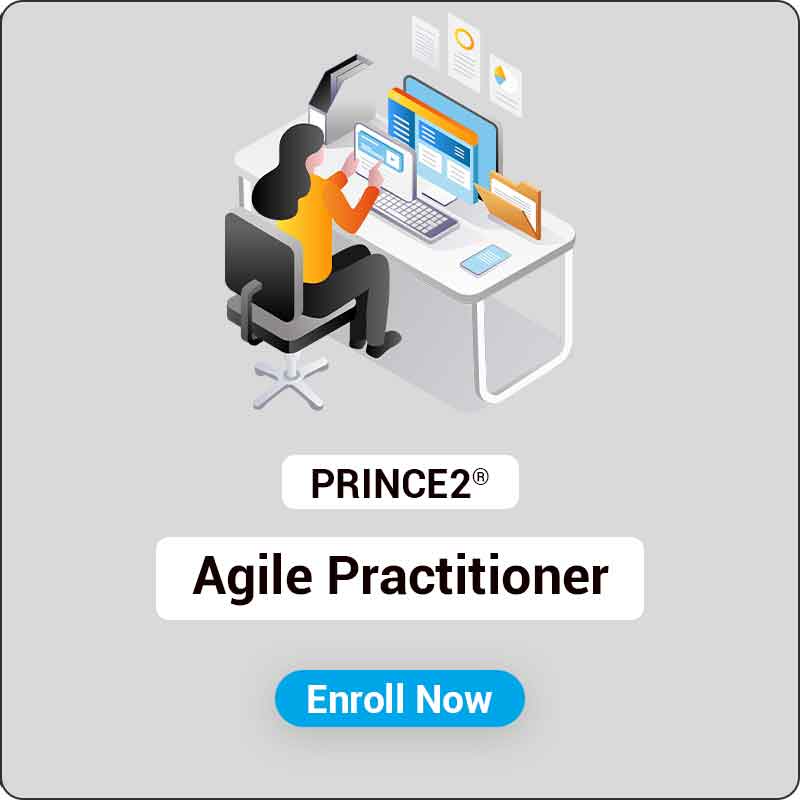
Accredited By

Course Package
Exam Voucher by PeopleCert
Official Training Material from PeopleCert
Official PRINCE2® Agile Pactitioner E-Book
Highly Experienced & Accredited Instructor
Live Instructor-Led Sessions
Real Life Examples & Case Studies
Lifetime LMS Access
K-Prime Warranty
Exam Voucher by PeopleCert
Official Training Material from PeopleCert
Official PRINCE2® Agile Pactitioner E-Book
Highly Experienced & Accredited Instructor
Live Instructor-Led Sessions
Real Life Examples & Case Studies
Lifetime LMS Access
K-Prime Warranty
Target audience
PRINCE2® Agile Practitioner is intended for project managers, team members, and organisations seeking to integrate the PRINCE2® project management framework with agile practises who are already certified PRINCE2® Agile Foundation.
In particular, the target audience may consist of:
-
Project Managers
-
Project Team Members
-
Agile Practitioners
-
Organizations Implementing Agile
-
PRINCE2® Practitioners
Pre-requisites of PRINCE2 Agile® Practitioner Certification
-
PRINCE2 Foundation
-
PRINCE2 Practitioner
-
PRINCE2 Foundation, 5 edition
-
PRINCE2 Practitioner, 5 edition
-
PRINCE2 Foundation, 6 edition
-
PRINCE2 Practitioner, 6 edition
-
PRINCE2 Agile® Foundation
-
Certified Associate in Project Management (CAPM)
-
Project Management Professional (PMP)
-
IPMA Level A® (Certified Projects Director)
-
IPMA Level B® (Certified Senior Project Manager)
-
IPMA Level C® (Certified Project Manager)
-
IPMA Level D® (Certified Project Management Associate)
-
Project Management Qualification (PMQ)
Exam and Certification information
-
Exam Format: Objective Testing
-
No. of Questions: 50
-
Exam Duration: 2.5 hours (150 minutes)
-
Exam Format: Multiple Choice Questions (MCQ)
-
Pass Marks: 28 out of 50 (55%)
-
Exam Type: Closed Book
-
Exam Content: It is recommended that candidates comprehensively review the PRINCE2® Agile manual, comprehend the integration of PRINCE2® and agile, and practise sample questions to familiarise themselves with the exam's format and requirements.
PRINCE2® Agile Pactitioner Certification Journey

Course Outline
- Recap of PRINCE2® Agile Foundation and PRINCE2® Concepts
- 2.1 Principles of PRINCE2® Agile
- 2.2 PRINCE2® Agile behaviors, concepts, and techniques
- 2.3 Roles and responsibilities in PRINCE2® Agile
- 2.4 Agile ways of working and mindset
Check Our Upcoming Batches
Why Knowlathon







Frequently Asked Questions.
The PRINCE2 Agile® Practitioner course is the second level of Agile project management certification. It equips individuals with in-depth knowledge of how to tailor PRINCE2® for Agile-specific environments. The certification includes the PRINCE2 Agile® Practitioner exam.
The PRINCE2 Agile® Practitioner certification is valid for three years. To maintain it, you will need to either retake the PRINCE2 Agile Practitioner exam or subscribe to My PRINCE2. To keep your certification active through My PRINCE2, you must meet the following requirements within the three-year period: • Join My PRINCE2 within three months of passing the exam and maintain your subscription for the entire three years. • Keep your PRINCE2 Agile digital badge, which is provided through My PRINCE2, active for the duration of the three years.

-compressed.jpg)
.jpg)
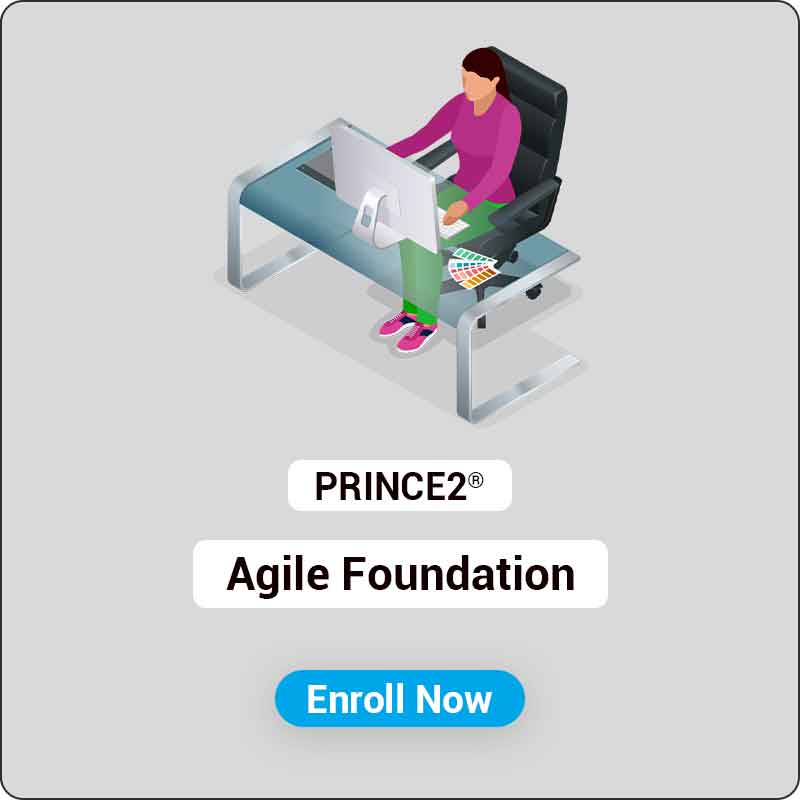
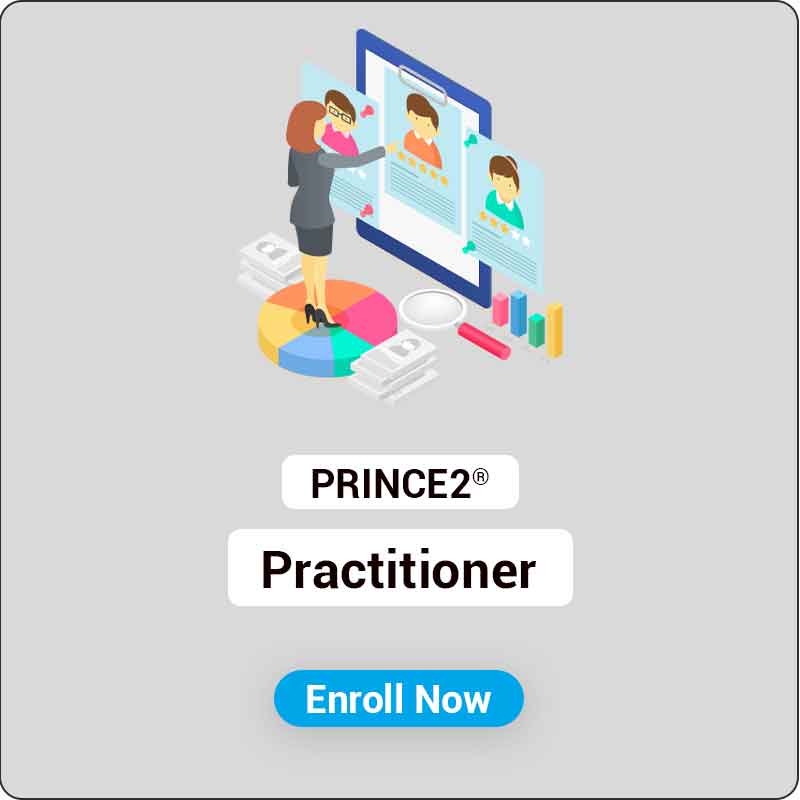
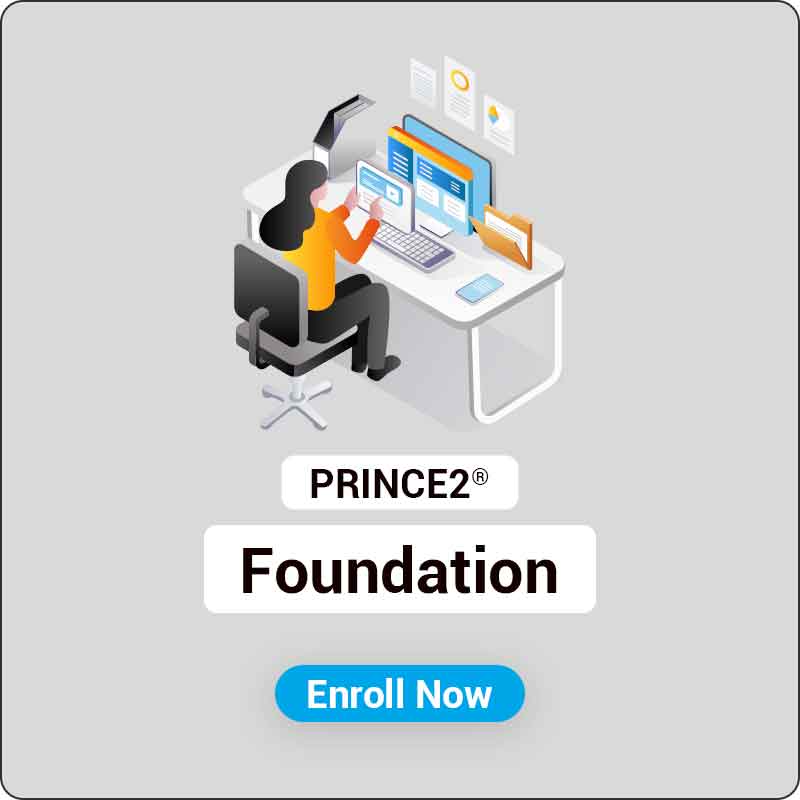

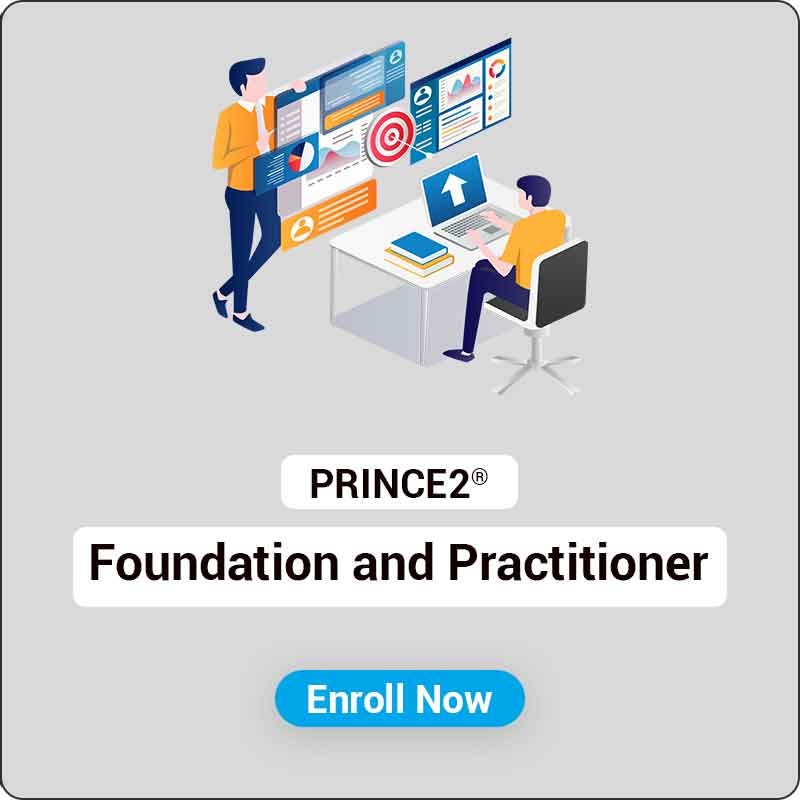
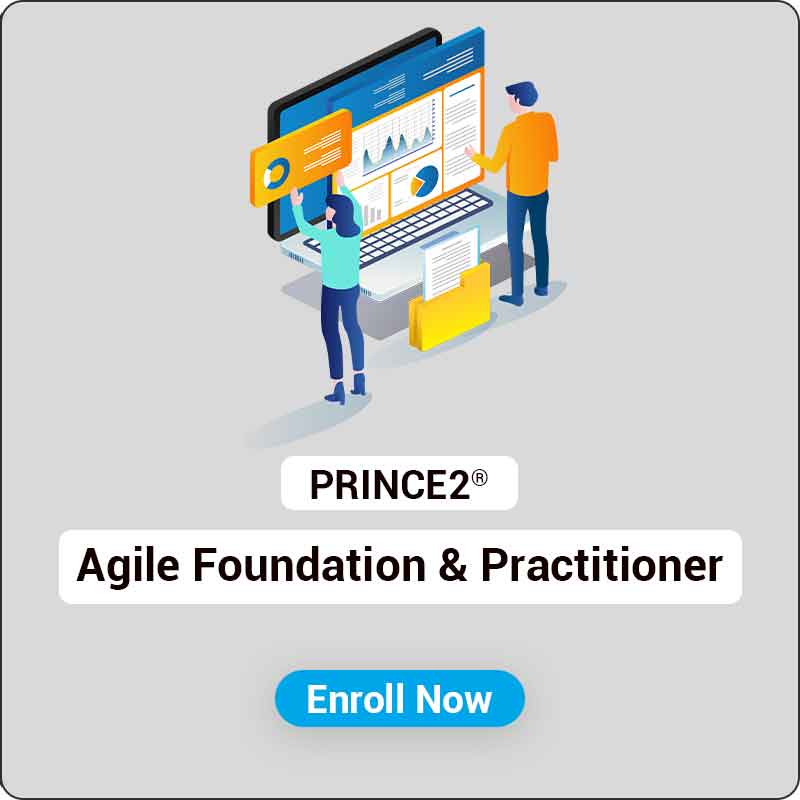
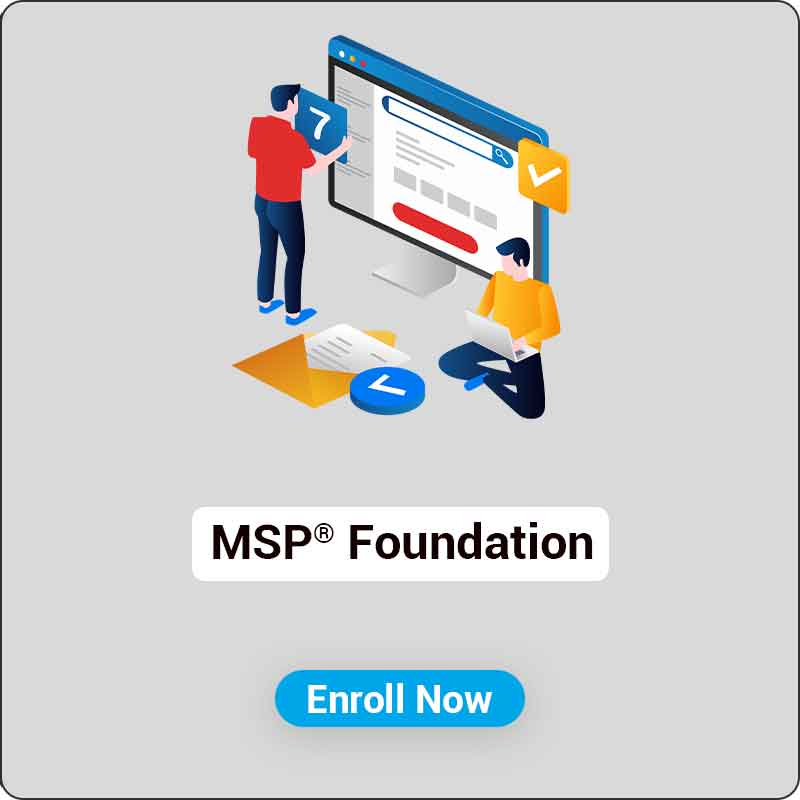
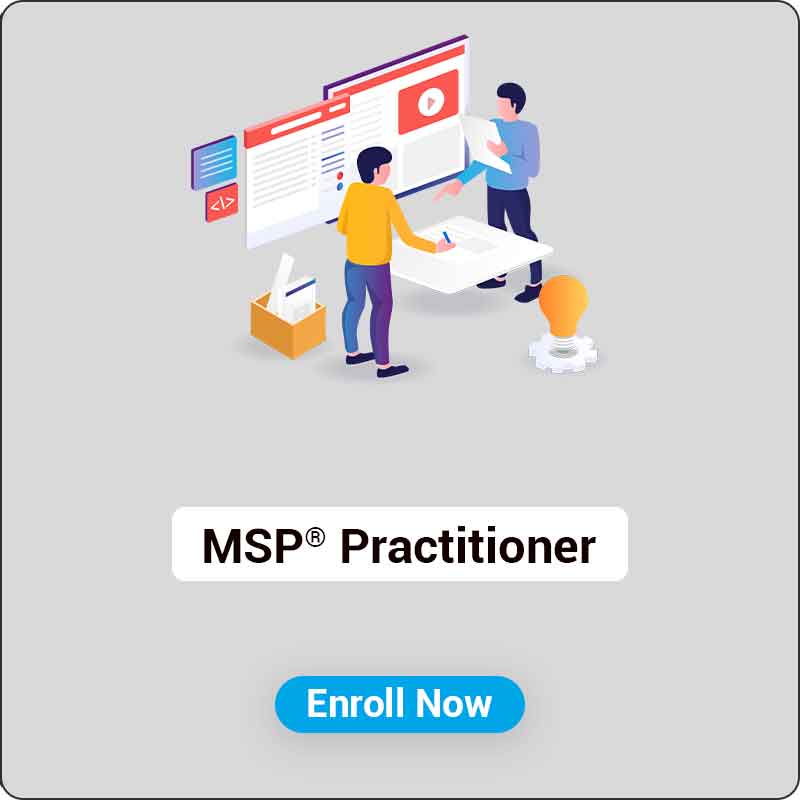
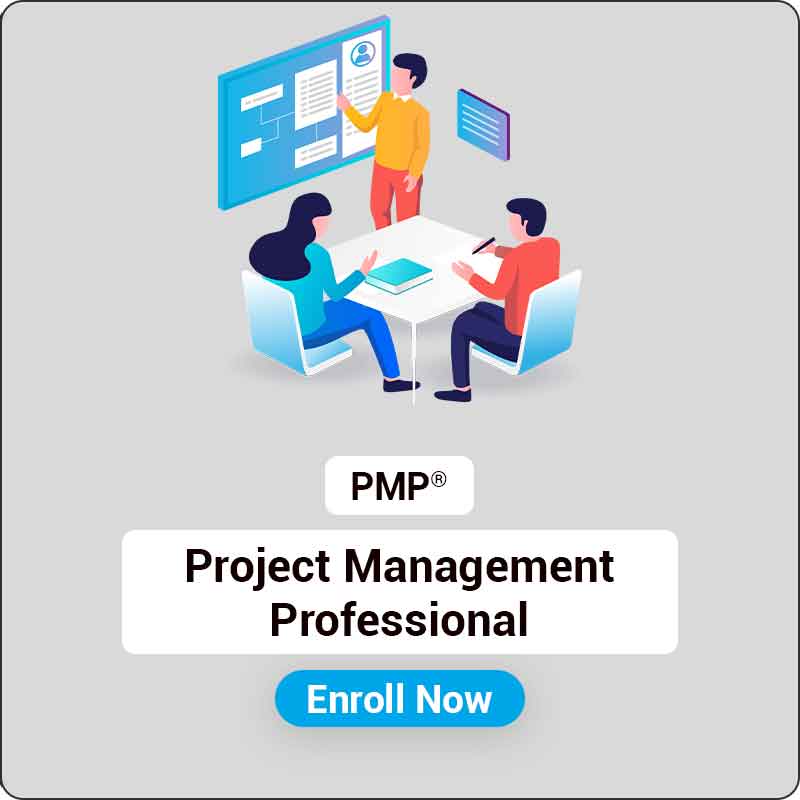
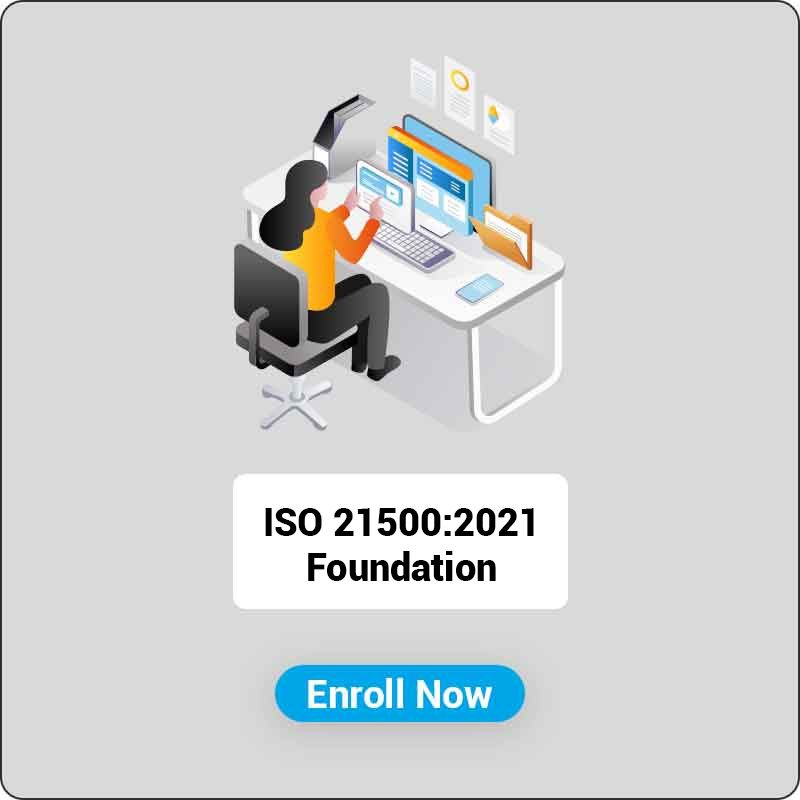

Student feedback
Reviews